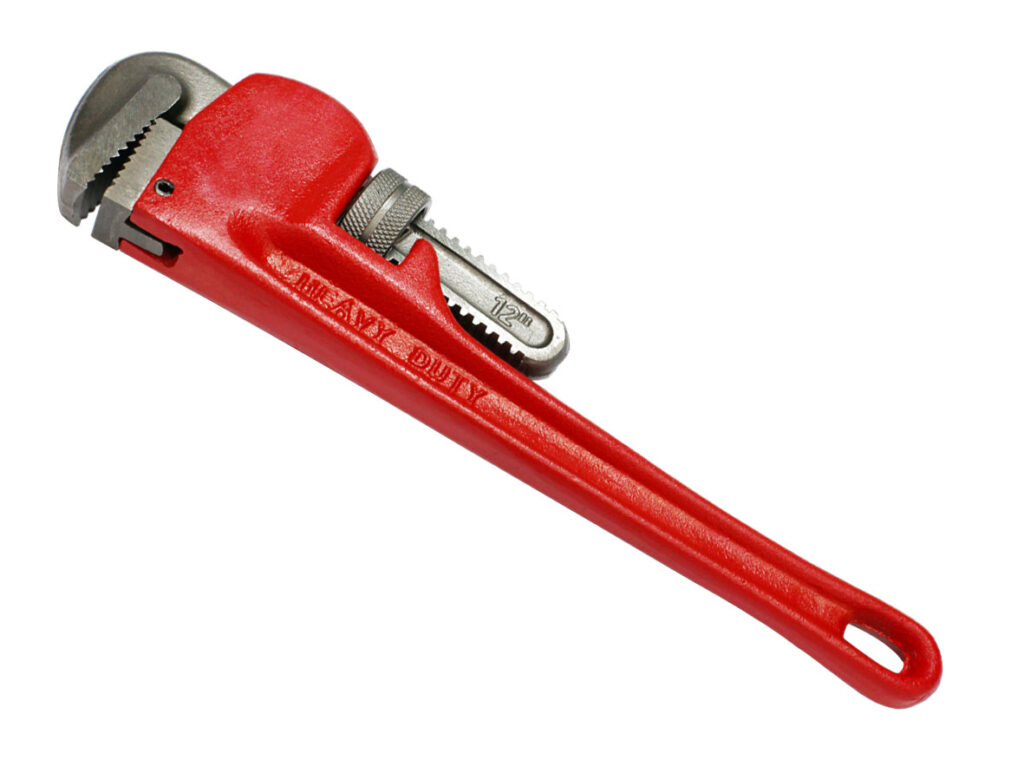As a plumber, you’re accustomed to navigating various challenges and hazards while ensuring the smooth functioning of plumbing systems. From fixing leaky pipes to installing new fixtures, your work demands precision, skill, and safety. To safeguard yourself from potential dangers in the plumbing trade, you must equip yourself with the right protective gear. In this article, we’ll explore the essential protective equipment every plumber should have in their toolkit, ensuring you stay safe on the job.
1. Eye Protection: Shielding Your Vision
Eye injuries are common in plumbing due to flying debris, chemicals, and other hazards. Invest in a pair of high-quality safety goggles or glasses to protect your eyes from potential harm. Look for goggles with anti-fog and scratch-resistant lenses for clear vision throughout your tasks.

2. Hand Protection: Safeguarding Your Hands
Your hands are your most valuable tools as a plumber, so protecting them from cuts, abrasions, and chemical exposure is crucial. Opt for sturdy work gloves made from durable materials like leather or synthetic blends. Ensure the gloves fit well and provide ample skill to handle intricate tasks without compromising safety.
3. Respiratory Protection: Filtering Airborne Contaminants
Plumbing often involves working in confined spaces with poor ventilation, exposing you to harmful airborne particles and fumes. Invest in a respirator or face mask to filter out dust, fumes, and other contaminants. Choose a respirator with N95 or higher filtration efficiency to ensure maximum protection.
4. Foot Protection: Keeping Your Feet Safe
Slippery surfaces, falling objects, and sharp tools pose a threat to your feet on the job. Invest in a pair of steel-toed work boots with slip-resistant soles to protect your feet from potential injuries. Look for boots with puncture-resistant features for added safety in hazardous environments.
5. Hearing Protection: Preserving Your Hearing
The constant noise generated by power tools and machinery in plumbing can take a toll on your hearing over time. Protect your ears with earplugs or earmuffs to reduce exposure to loud noises. Choose hearing protection devices with adequate noise reduction ratings (NRR) to safeguard your hearing effectively.
6. Knee Protection: Cushioning Your Joints
Plumbing often involves working on hard surfaces and kneeling for extended periods, leading to knee strain and injury. Invest in knee pads or kneeling mats to cushion and support your knees. Look for ergonomic designs that offer comfort and durability to withstand prolonged use.
7. Head Protection: Guarding Against Head Injuries
In a profession where working overhead and around heavy objects is common, head injuries are a significant risk. Wear a hard hat or safety helmet to protect your head from falling debris, bumps, and other hazards. Ensure the headgear fits securely and meets relevant safety standards for optimal protection.

Equipped with the right protective gear, you can confidently approach your plumbing tasks, knowing that your safety is prioritized. Remember to inspect your protective equipment regularly for signs of wear and tear, and replace any damaged items promptly. By prioritizing safety in your toolkit, you’re safeguarding yourself and ensuring the efficiency and success of your plumbing endeavors.
Discover the best pipe cutters for quick and easy cutting within your toolkit. Whether you’re working on repairs, installations, or renovations, having the right pipe cutter can make all the difference in achieving precise and efficient results.
